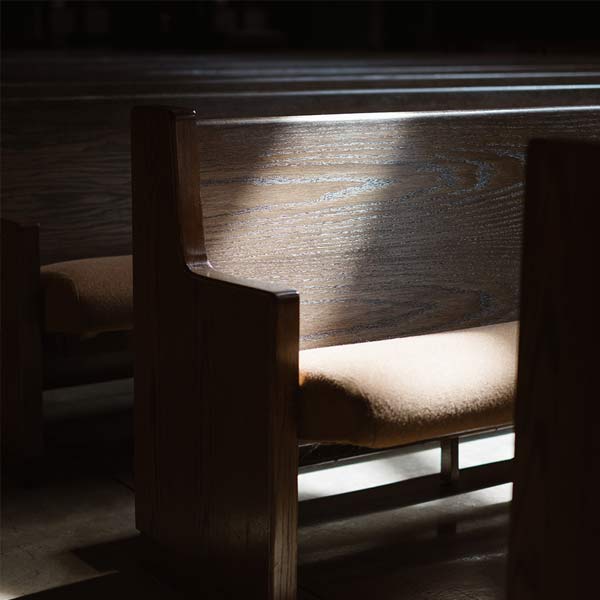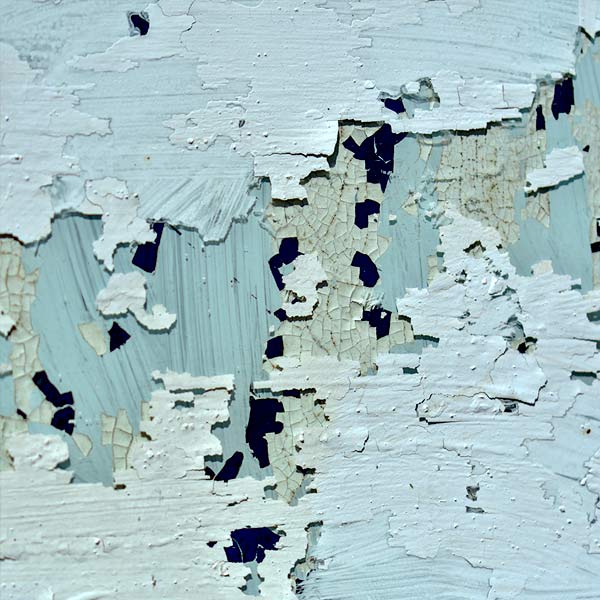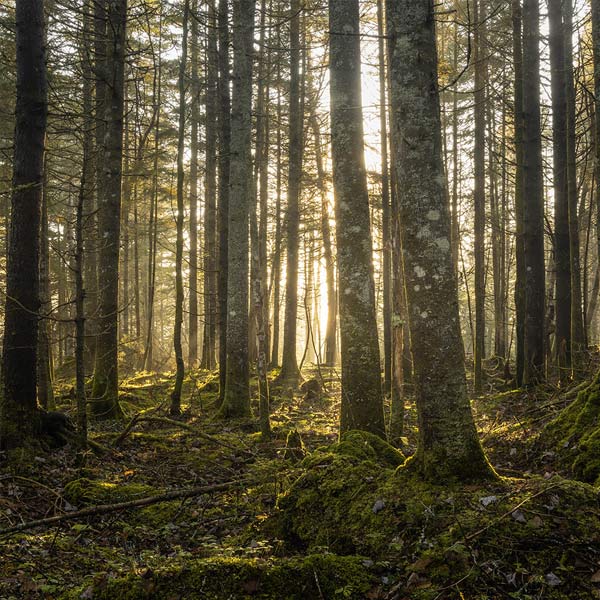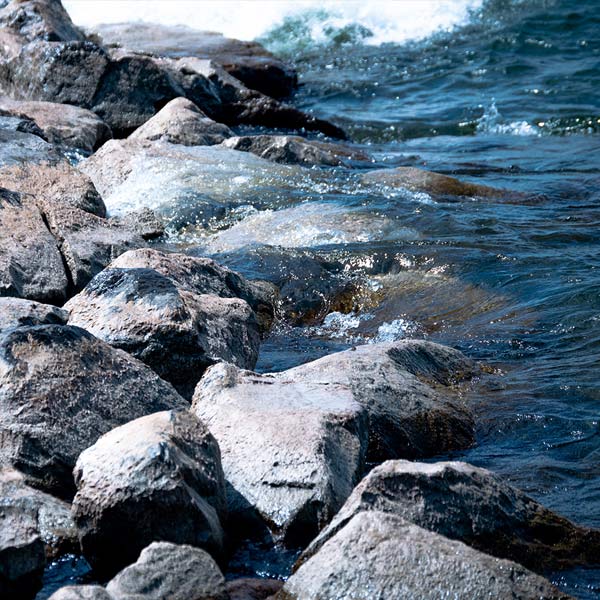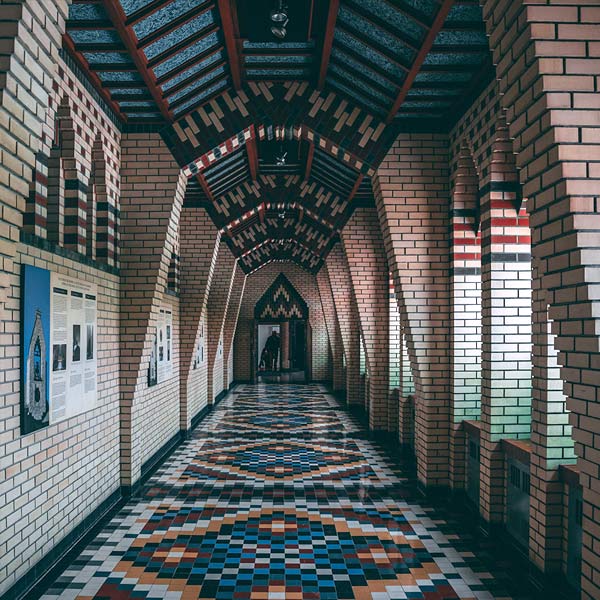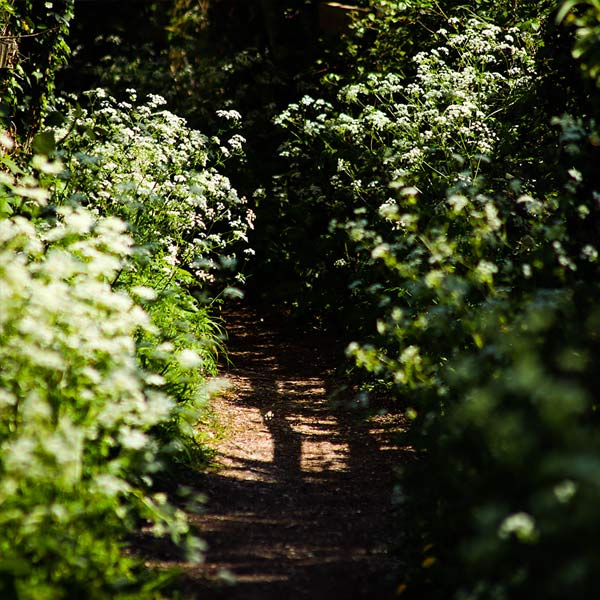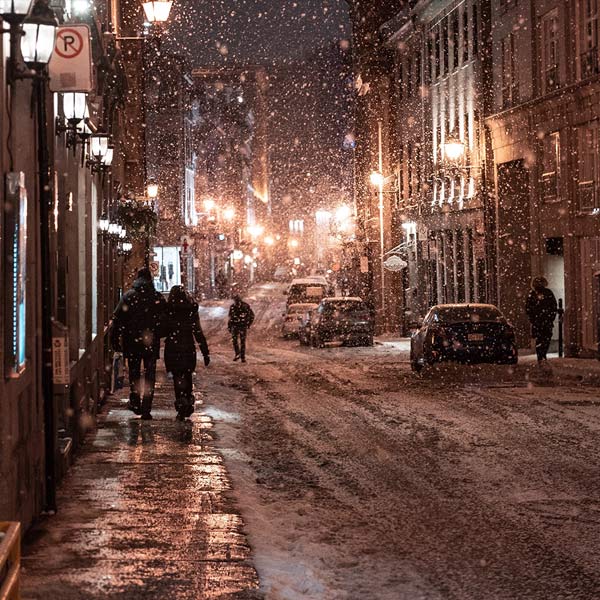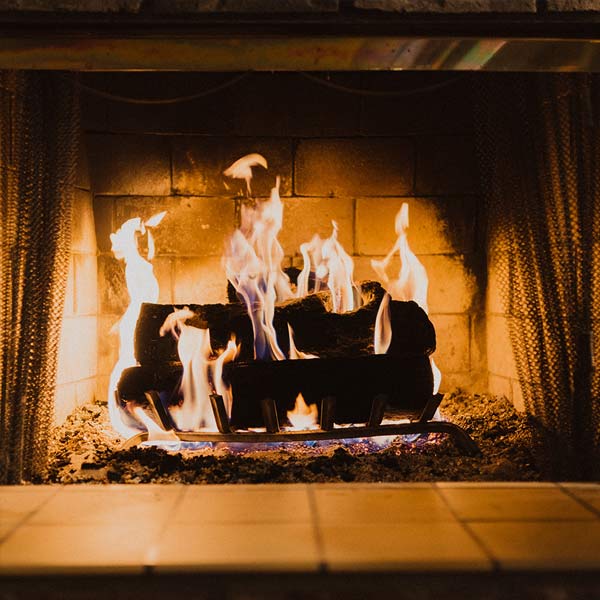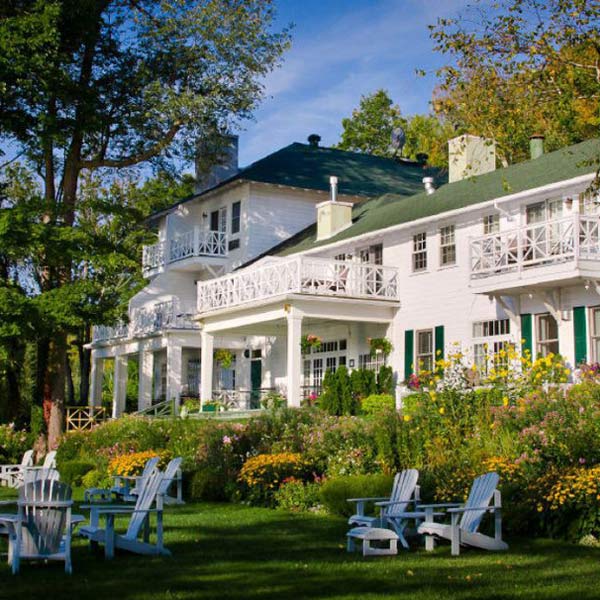wcag heading
This is the second time Gamache visits Germany (see the June 9th post on A Rule Against Murder for his first visit). Interestingly, our German colleagues chose the title of Hinter den drei Kiefern, which translates to “Behind the Three Pines”, instead of the German translation of Glass Houses.
When we discussed A Rule Against Murder, we talked about the Germans’ decision to portray red leaves on the cover, which, as you readers have pointed out, is a clear reference to the Canadian setting of the series. Thanks to the keen eye of readers Marge H. and Leone S., we learned that the image depicted on the German cover for A Rule Against Murder was in fact the Prince of Wales Hotel, which is located in Waterton National Park in Southern Alberta.
The imagery on the cover for Glass Houses is similarly evocative of a Canadian landscape, depicting a farmhouse located on a lake. In contrast, our US edition is much more austere. While the image is ice, not glass, the cover evokes imagery commonly associated with glass: jagged and shattered.
Does anyone know where the image on the cover for Hinter den drei Kiefern is located?
A lot of you preferred the German edition of A Rule Against Murder to the US edition. Do you feel similarly about the German edition of Glass Houses? Which do you think best encapsulates the story?
